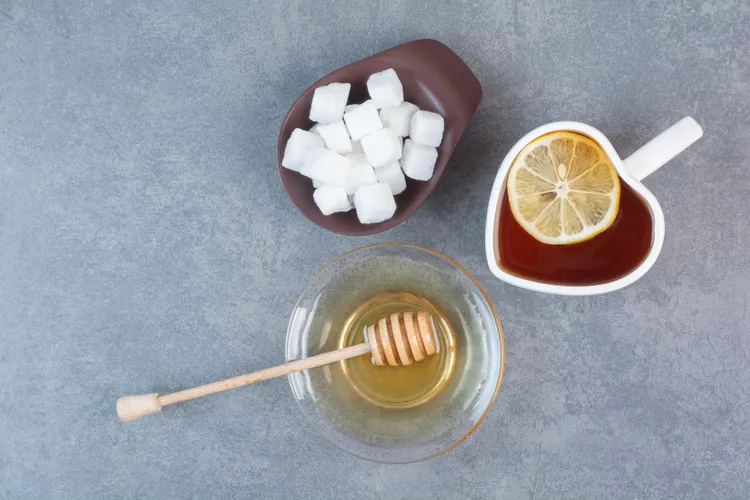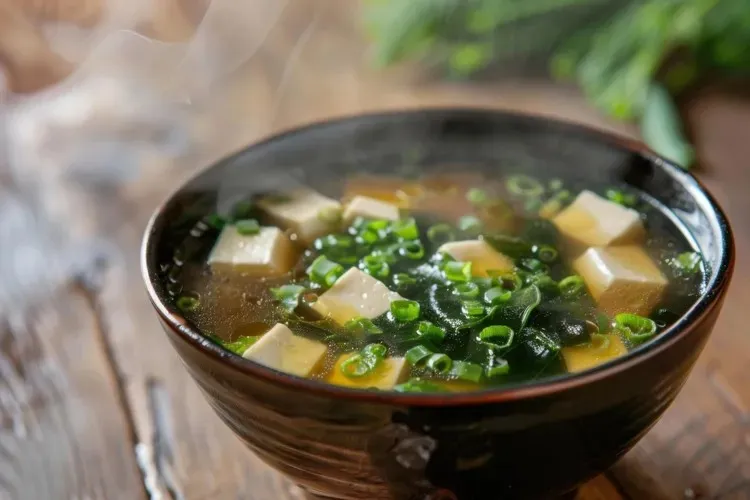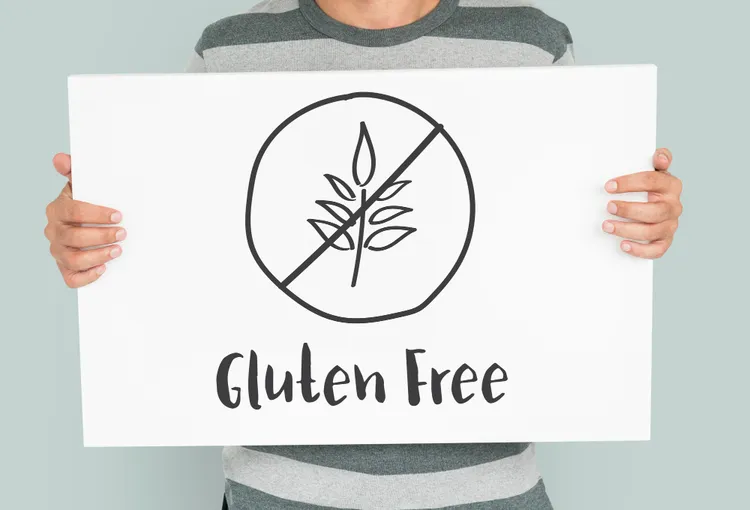Is Honey Healthier Than Sugar? The Sweet Truth Uncovered
When it comes to sweetening your morning tea, oatmeal, or favorite baked treat, the question often arises: Is honey actually healthier than sugar? While both are natural sweeteners, the wellness world tends to view honey as the “healthier” option. But does it really deserve that reputation? Let’s break down the facts, myths, science, and practical tips to help you make an informed, healthy choice when it comes to sweetening your life.

The Basics: What Are Honey and Sugar, Really?
Table Sugar (Sucrose)
Source: Derived from sugarcane or sugar beets
Structure: 50% glucose + 50% fructose
Form: Granulated, white, refined
Taste: Pure sweet, neutral flavor
Calories: ~49 per tablespoon
Honey
Source: Produced by bees using nectar from flowers
Structure: ~30–40% fructose, ~30–35% glucose, with water, enzymes, antioxidants, vitamins, and trace minerals
Form: Sticky, golden liquid (raw or processed)
Taste: Sweet with floral, herbal, or earthy notes
Calories: ~64 per tablespoon
Nutritional Breakdown
| Nutrient | Honey (1 tbsp) | Sugar (1 tbsp) |
|---|---|---|
| Calories | ~64 | ~49 |
| Sugar (total) | ~17 grams | ~12.6 grams |
| Glycemic Index | 35–58 (varies by type) | 60–65 |
| Fructose/Glucose Ratio | Varies (roughly equal) | 50/50 |
| Antioxidants | ✅ Yes (in raw honey) | ❌ None |
| Vitamins & Minerals | Trace amounts (B vitamins, iron, zinc) | ❌ None |
| Enzymes | ✅ Yes (in raw honey) | ❌ None |
While honey is higher in calories and sugar per tablespoon, it contains more nutrients and health-supportive compounds than plain white sugar.
How Honey and Sugar Affect the Body
Blood Sugar & Insulin Response
Sugar causes a rapid spike in blood glucose and insulin levels.
Honey has a slightly lower glycemic index, meaning it may cause a slower, more gradual rise in blood sugar - especially raw, darker varieties.
However, both raise blood sugar, and the difference isn’t dramatic enough to make honey a free pass for people with diabetes or insulin resistance.
Impact on Health: Honey vs. Sugar
| Health Area | Honey | Sugar |
|---|---|---|
| Weight gain | High in calories - still can contribute | Same - excess calories = fat storage |
| Inflammation | May reduce inflammation (raw/dark honey) | Linked to increased inflammation |
| Antioxidants | Rich in polyphenols & flavonoids | None |
| Heart health | Some protective effects in small doses | May raise triglycerides, LDL |
| Oral health | Can promote tooth decay | Also promotes cavities |
| Gut health | Some prebiotic potential | Can harm gut microbiota with excess |
Moderation is key for both. But honey, particularly raw or darker varieties, has added benefits that sugar lacks.
Types of Honey Matter
Not all honey is created equal. Here’s a quick guide:
Raw Honey
Unfiltered, unpasteurized
Rich in antioxidants, enzymes, and nutrients
Best for health benefits
Manuka Honey
Made from the Manuka bush (New Zealand)
Contains methylglyoxal (MGO), a powerful antibacterial
Often used for wound healing and sore throats
Commercial Honey
Filtered and pasteurized
Many nutrients destroyed by heat
May be diluted or contain added syrups (check the label!)
Risks of Overdoing Either One
Whether it’s honey or sugar, too much added sugar can harm your health.
Excess Sugar Can Lead To:
Weight gain and belly fat
Insulin resistance and type 2 diabetes
Liver stress (especially from high fructose)
Increased risk of heart disease
Accelerated skin aging and inflammation
The American Heart Association recommends:
No more than 6 tsp (25g) added sugar per day for women
No more than 9 tsp (36g) for men
That’s less than 2 tablespoons of honey or sugar per day.
Honey vs. Sugar in Cooking & Baking
When to Use Honey:
In tea or coffee (adds depth)
Salad dressings or marinades
Yogurt, oatmeal, and smoothies
Baking (adds moisture and browning)
Tip: When baking with honey, use less - it’s sweeter than sugar. Also reduce liquid slightly and lower the oven temperature by ~25°F.
When to Use Sugar:
For neutral flavor
In recipes requiring crispness (like cookies)
When precise texture is needed (e.g., meringues, candy)
Best practice: Use honey for health-focused, moist recipes. Use sugar when precision, structure, or neutral taste is crucial.
Final Verdict: Is Honey Healthier Than Sugar?
Yes - but only slightly, and in moderation.
Honey has:
Slightly lower glycemic index
Antioxidants and trace nutrients
Potential anti-inflammatory and antimicrobial effects
Sugar has:
Zero nutrients
High glycemic impact
Known risks when overconsumed
BUT - both are added sugars and should be limited in a healthy diet.
How to Sweeten Smartly
Tips for Better Sweetening Habits:
Choose raw honey when possible for nutrients and flavor.
Use less than you think you need - taste buds adjust!
Avoid “hidden sugars” in processed foods.
Sweeten with fruit (bananas, dates, applesauce) when you can.
Balance sweetness with fiber, protein, and healthy fats.
Healthy Alternatives to Try
| Sweetener | Why Try It? |
|---|---|
| Dates | Natural fiber, vitamins, and minerals |
| Maple syrup | Manganese, antioxidants, richer flavor |
| Stevia | Zero-calorie, plant-based sweetener |
| Monk fruit | Natural, low-carb sweetener |
| Fruit puree | Adds sweetness + nutrition to baked goods |
In Summary
| Category | Honey | Sugar |
|---|---|---|
| Natural Source | ✅ Yes | ✅ Yes |
| Processing | Minimal (raw) | Highly refined |
| Nutrients | Trace amounts | None |
| Antioxidants | ✅ Yes | ❌ No |
| Calories | Higher per tbsp | Lower per tbsp |
| Blood Sugar Spike | Slightly lower | Higher |
| Use in Baking | Adds flavor + moisture | Neutral + crispness |
If you’re choosing between the two, honey has a nutritional edge - but it’s still sugar, and should be consumed in moderation.









